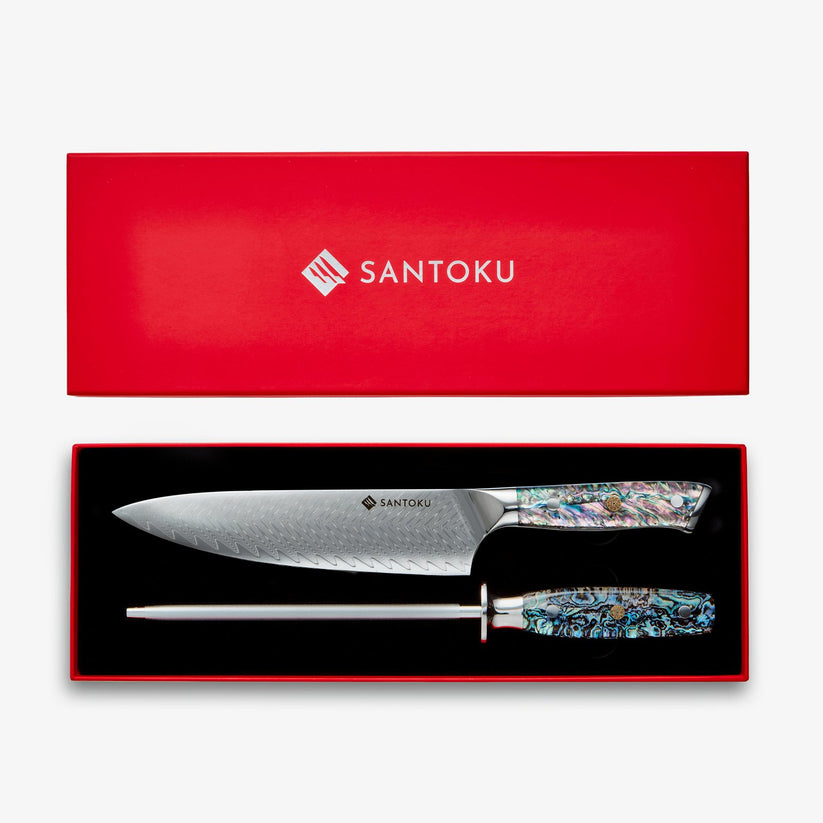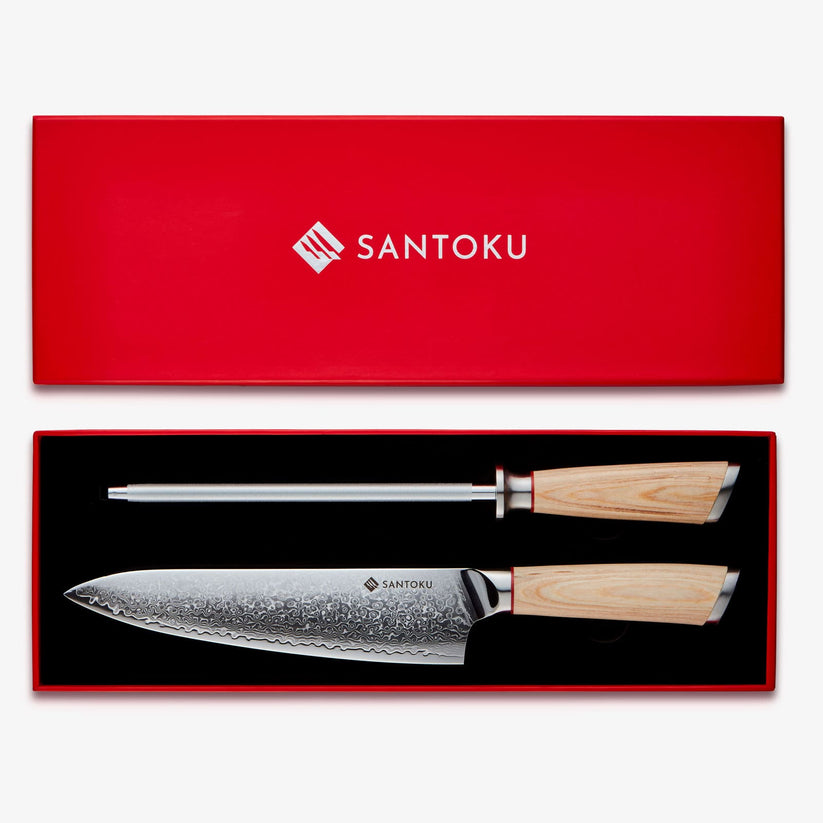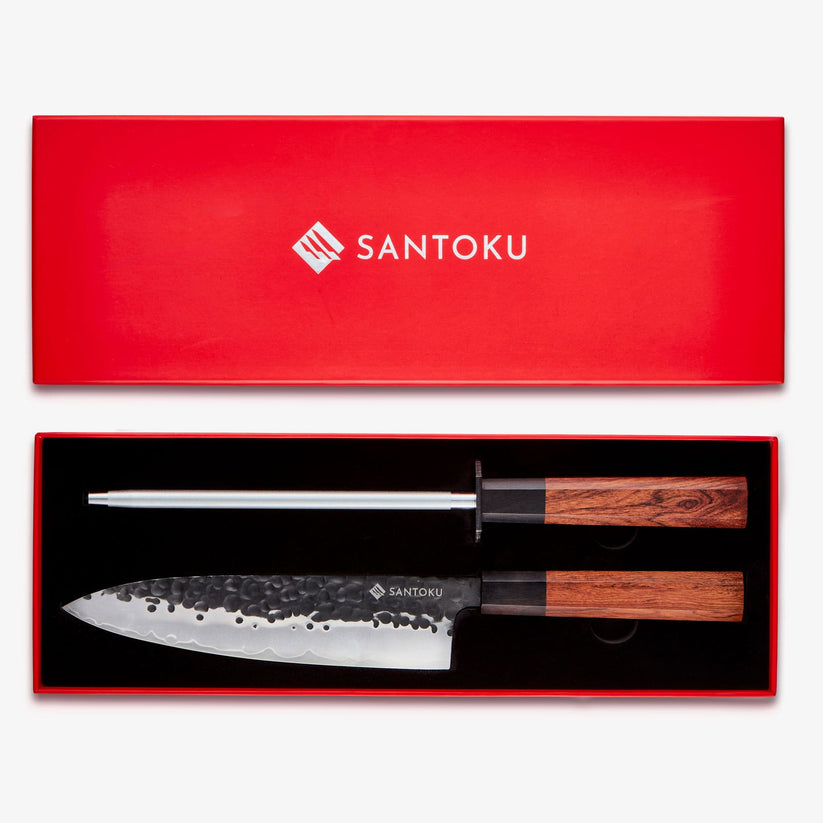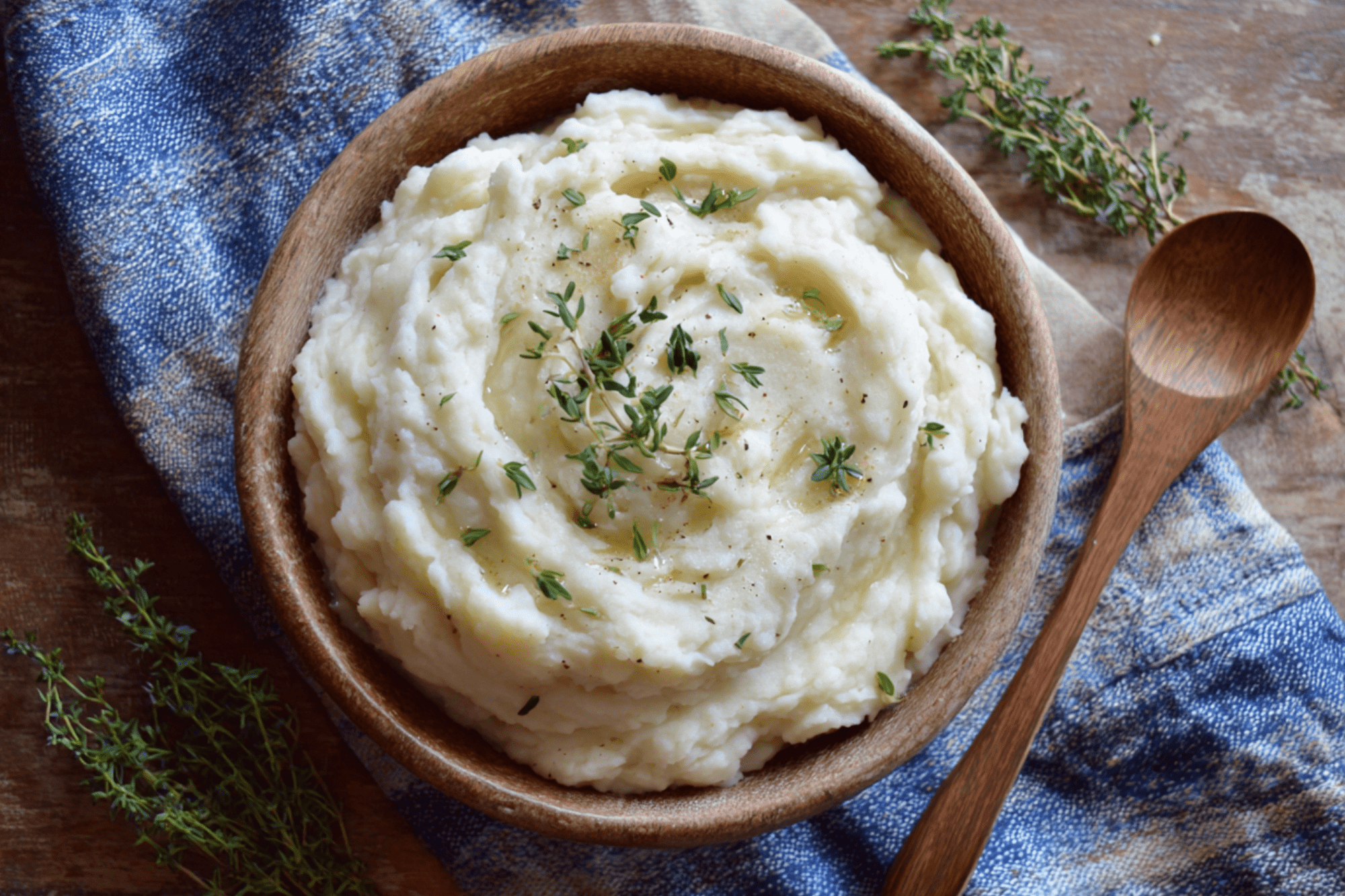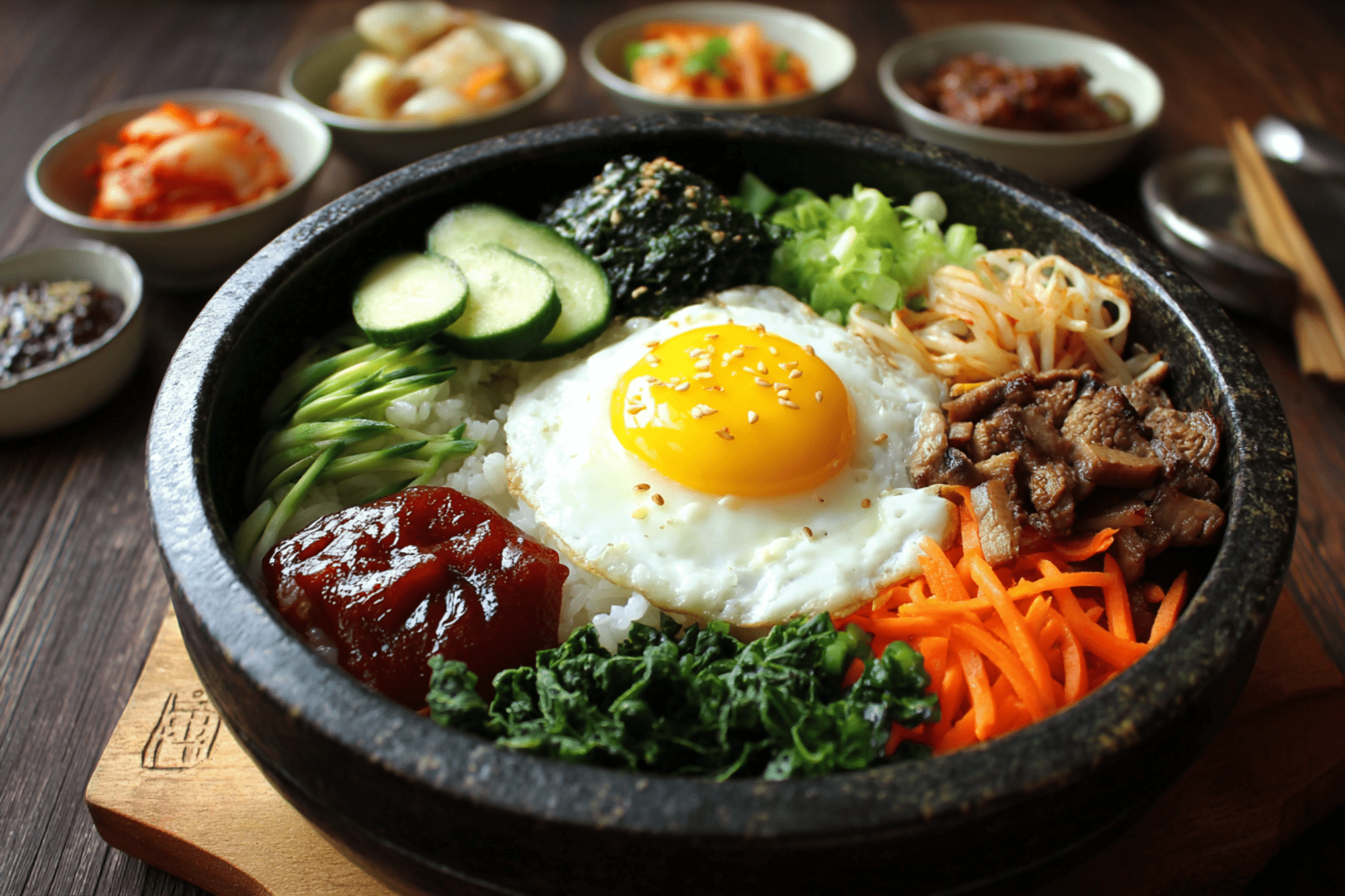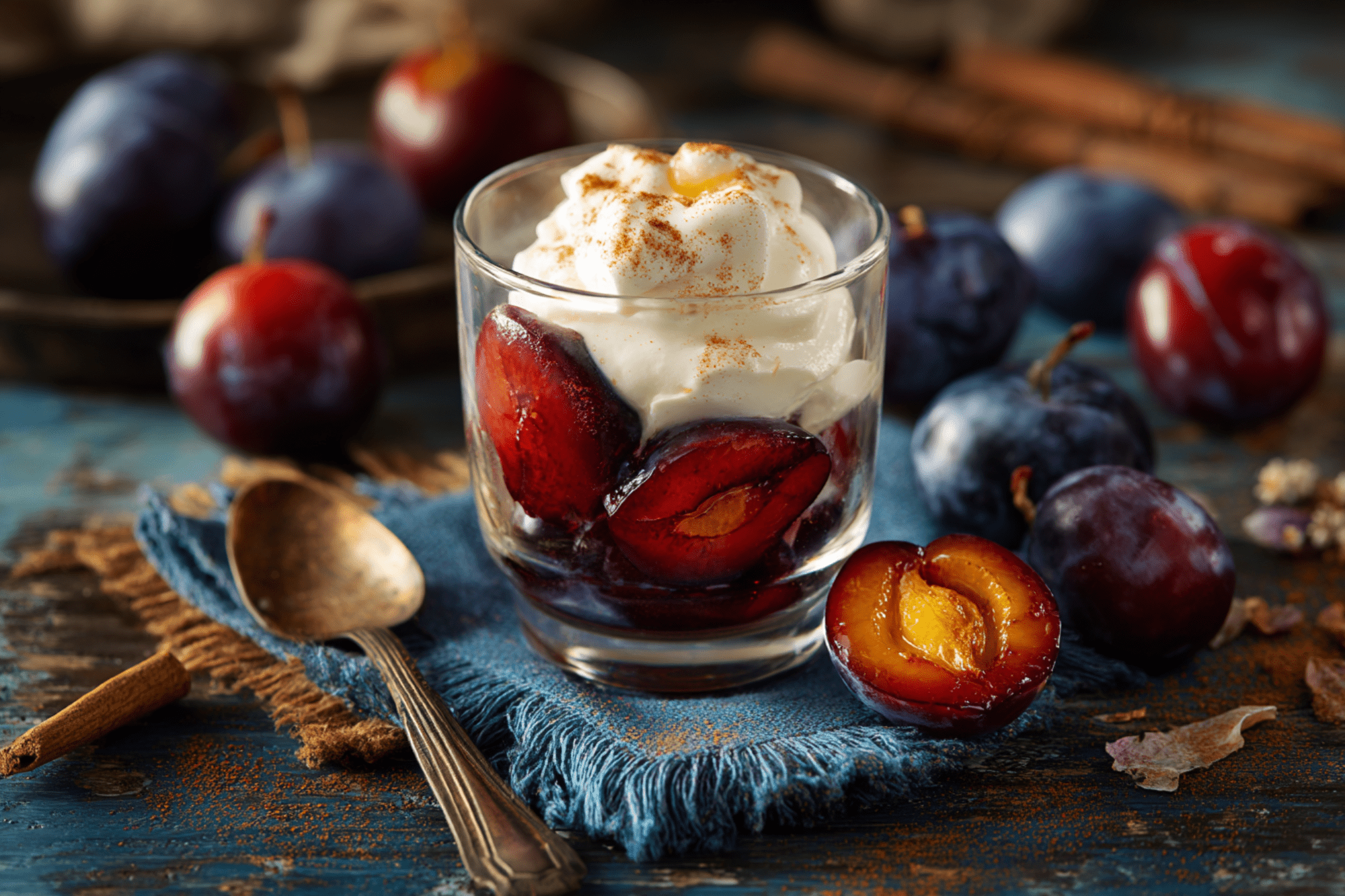
10 Tips for Making Halloumi
-
Use a non-stick or cast iron pan for best searing.
-
Pat halloumi dry before grilling to prevent excess splatter.
-
No need for oil in the pan—halloumi won’t melt.
-
Cook on medium-high heat for perfect browning.
-
Don’t overcrowd the pan—give space to crisp up.
-
Try adding a drizzle of honey or chilli oil for extra flavour.
-
Serve hot—halloumi gets rubbery as it cools.
-
Pair with watermelon, tomatoes, or figs for contrast.
-
Marinate slices in olive oil, lemon, and herbs for 30 minutes before cooking for extra flavour.
-
Store leftovers in an airtight container and reheat in a dry skillet.
Serve it with Suggestions
-
On a mezze platter with hummus, olives, and pita
-
Over a salad with cherry tomatoes, cucumber, and balsamic glaze
-
Paired with grilled vegetables like zucchini or eggplant
-
As a sandwich or wrap filling with tzatziki and lettuce
-
Topped with a drizzle of honey and crushed pistachios for a sweet-savoury twist
FAQs
Q: What is halloumi made from?
A: Halloumi is traditionally made from sheep’s and/or goat’s milk, though many versions include cow’s milk.
Q: Can I eat halloumi raw?
A: It’s safe, but not recommended—it tastes much better cooked.
Q: Why doesn’t halloumi melt like other cheeses?
A: Halloumi’s unique curdling process gives it a high melting point, allowing it to grill or fry without losing shape.
Q: Is halloumi vegetarian?
A: Many brands are, but check the label—some use animal rennet.
Q: How long does halloumi last once opened?
A: Store in brine or an airtight container in the fridge and use within 5–7 days.


